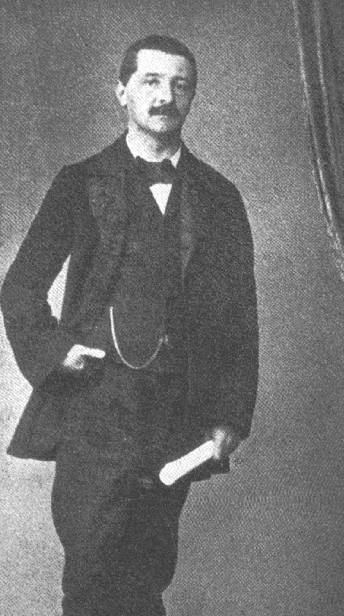Dedication Anna Jobst | Catalogue WAB 25 | |
 | ||
Published 1932 (1932): Regensburg | ||
Bruckner composed the Windhaager Messe (WAB 25) in 1842, while he was a schoolteacher's assistant in Windhaag. It was first believed that it was composed for Maria Jobst, the alto soloist in the Windhaag church choir. It is now stated that it was composed for her younger sister, Anna.
Contents
The work, the manuscript of which is stored in the archive of Wels, was first published in band I, pp. 173–189 of the Göllerich/Auer biography. It is edited in Band XXI/2 of the Gesamtausgabe.
Setting
The Windhaager Messe is a Missa brevis in C major for alto solo, two horns and organ.
The work is divided into six parts:
- Kyrie, C major
- Gloria, C major
- Credo, C major
- Sanctus, C major
- Benedictus, E-flat major
- Agnus Dei, C major
Total duration: 8 to 10 minutes.
The work employs a text compressed to the absolute minimum and is predominantly homophonic in texture – often close to plainchant as, e.g., the initial phrase of the Kyrie and the Credo – with occasional contrapuntal interruptions. The organ part consists of the alto solo line and a mostly unfigured bass. The use of horns "adds a warm, familiar timbre to music, and helps to clarify the harmony".
As in the Landmesse tradition the Gloria and the Credo employ only a portion of the extensive text usually associated with these sections of the Mass. Such short masses (Missa brevis) were frequently performed in Austrian country churches, especially during Advent and Lent.
The short Sanctus presents the most extensive horn parts in the work. The Benedictus, in E-flat major, is more melodic and uses a much less syllabic text setting than the rest of the work. The final notes of the Agnus Dei recall the closing of the Credo – a small, but effective touch of musical integration.
Bruckner’s designation of this composition as a Choral-Messe referred to its simple, hymn-like style. Tonally the work follows conventional harmonic patterns, but, as Bruckner was to do throughout his life, it also contains frequent modulations, often to rather distant keys, without the uses of pivot chords. The frequent appearances of unison passages throughout this work are an additional hallmark of Bruckner’s later style. Kinder concludes his analysis as:
[T]he attention lavished to this modest work is justified, not merely because it was Bruckner's first extended composition, but also because of its interesting and prophetic musical ideas.
Use in the modern liturgy
To make the Windhaager Messe usable for Eucharist celebration Kajetan Schmidinger and Joseph Messner made in c. 1927 an arrangement for mixed choir with revised Gloria and Credo, and accompaniment by organ, horns and string quintet.
Selected discography
A selection among the few recordings of the original setting of the Mass:
Transferred to CD, together with the historical recording of the "nullified" Symphony in D minor by Hortense von Gelmini: Klassic Haus KHCD 2012-007, 2012
